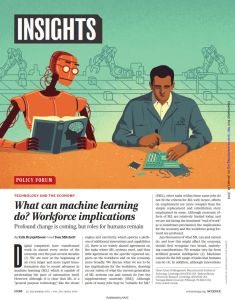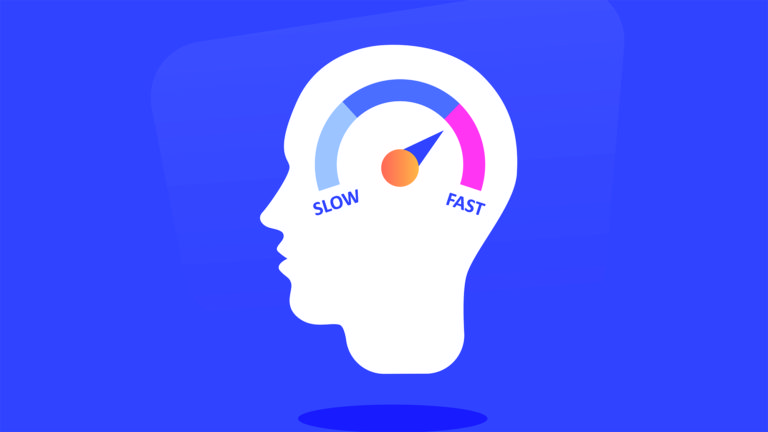Join getAbstract to access the summary!

Join getAbstract to access the summary!
Erik Brynjolfsson and Tom Mitchell
What Can Machine Learning Do? Workforce Implications
Profound change is coming, but roles for humans remain.
Science, 2017
What's inside?
Machine learning will soon change the workplace and the economy but no one is certain exactly how.
Recommendation
Machine learning (ML) will be a game changer. Soon, humans and technology will be so interconnected that life without intelligent systems will be difficult to imagine. Yet what are the practical uses of ML, and how will it transform the workplace? MIT economist Erik Brynjolfsson and artificial intelligence expert Tom Mitchell from Carnegie Mellon University seek to answer some of these questions in a recent issue of Science magazine. getAbstract recommends their article to professionals, HR specialists and economic policy makers who want to catch a glimpse of the not-so-distant future.
Summary
About the Authors
Erik Brynjolfsson is director of the Center for Digital Business at the MIT Sloan School of Management. Tom Mitchell teaches computer science at Carnegie Mellon University.






















Comment on this summary